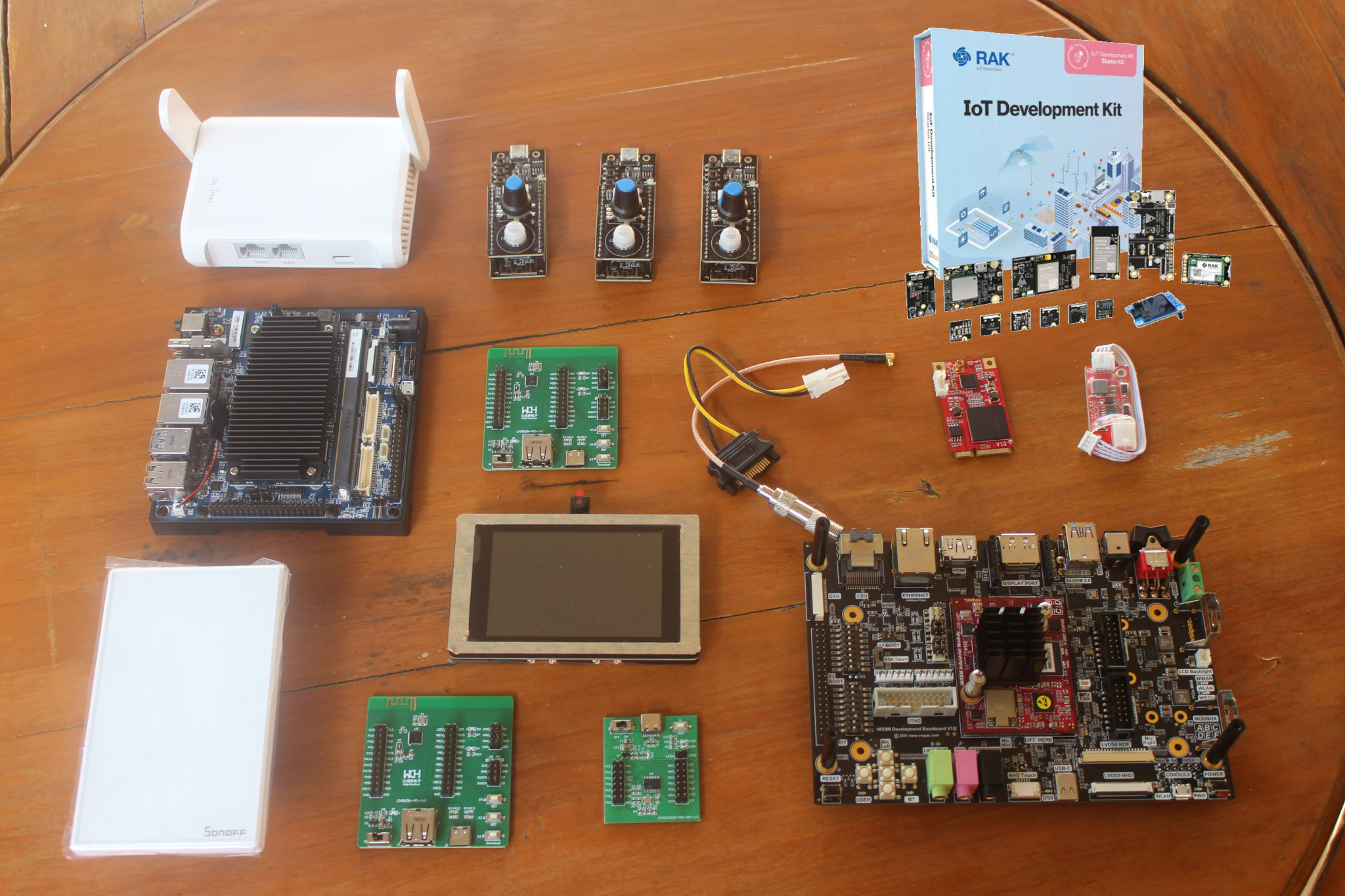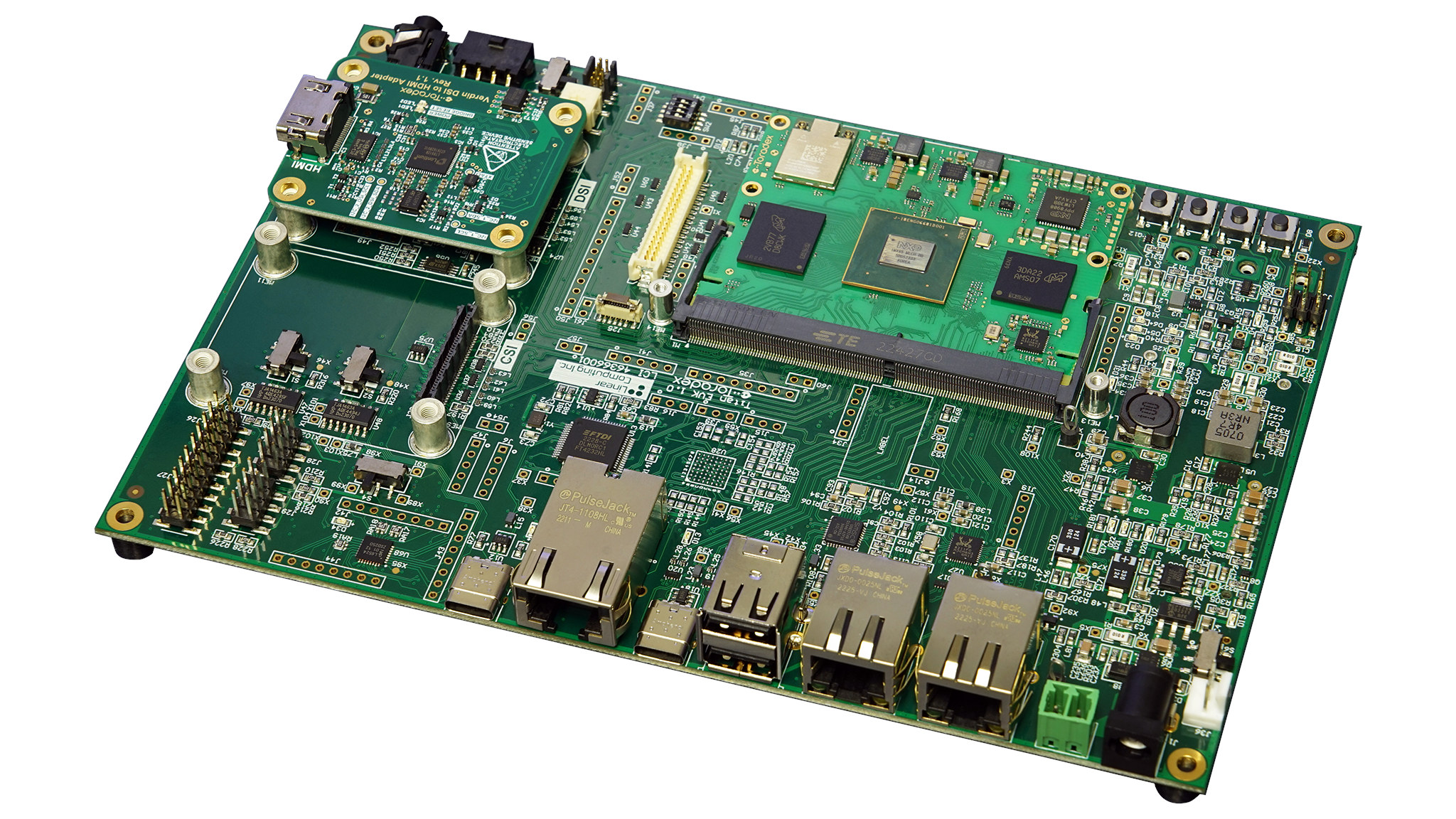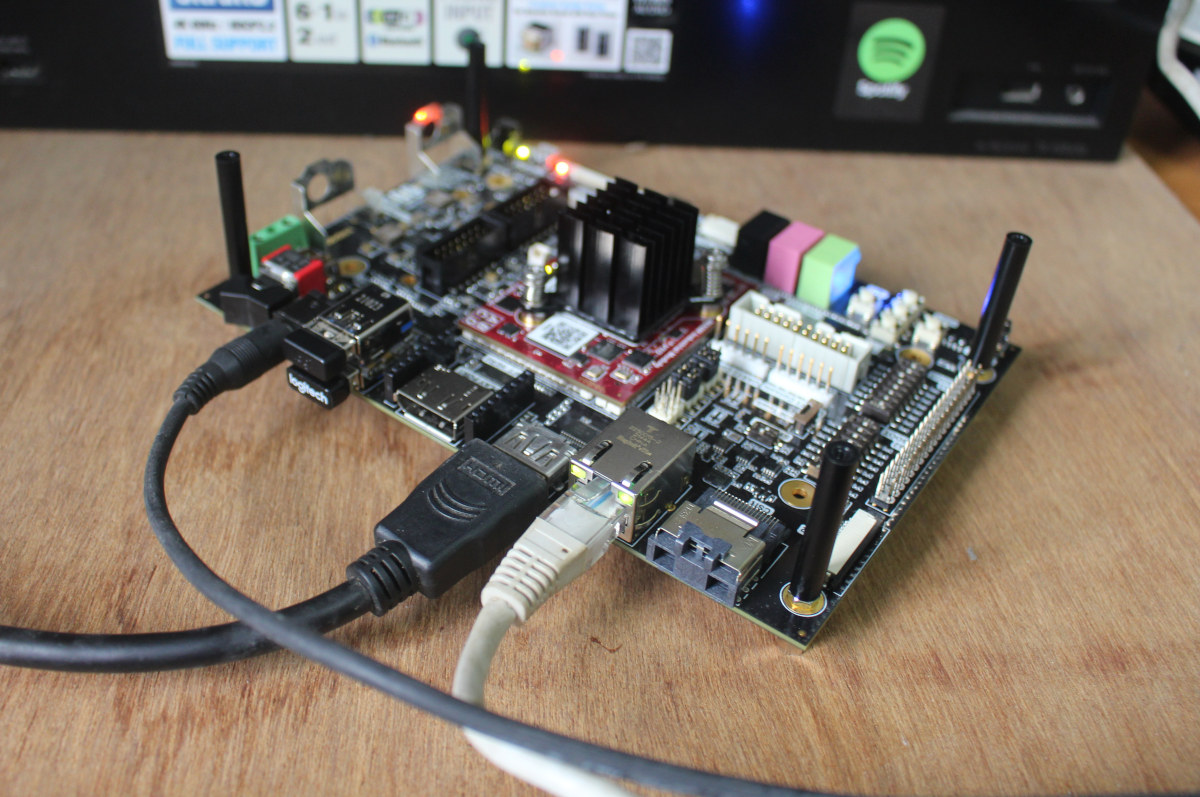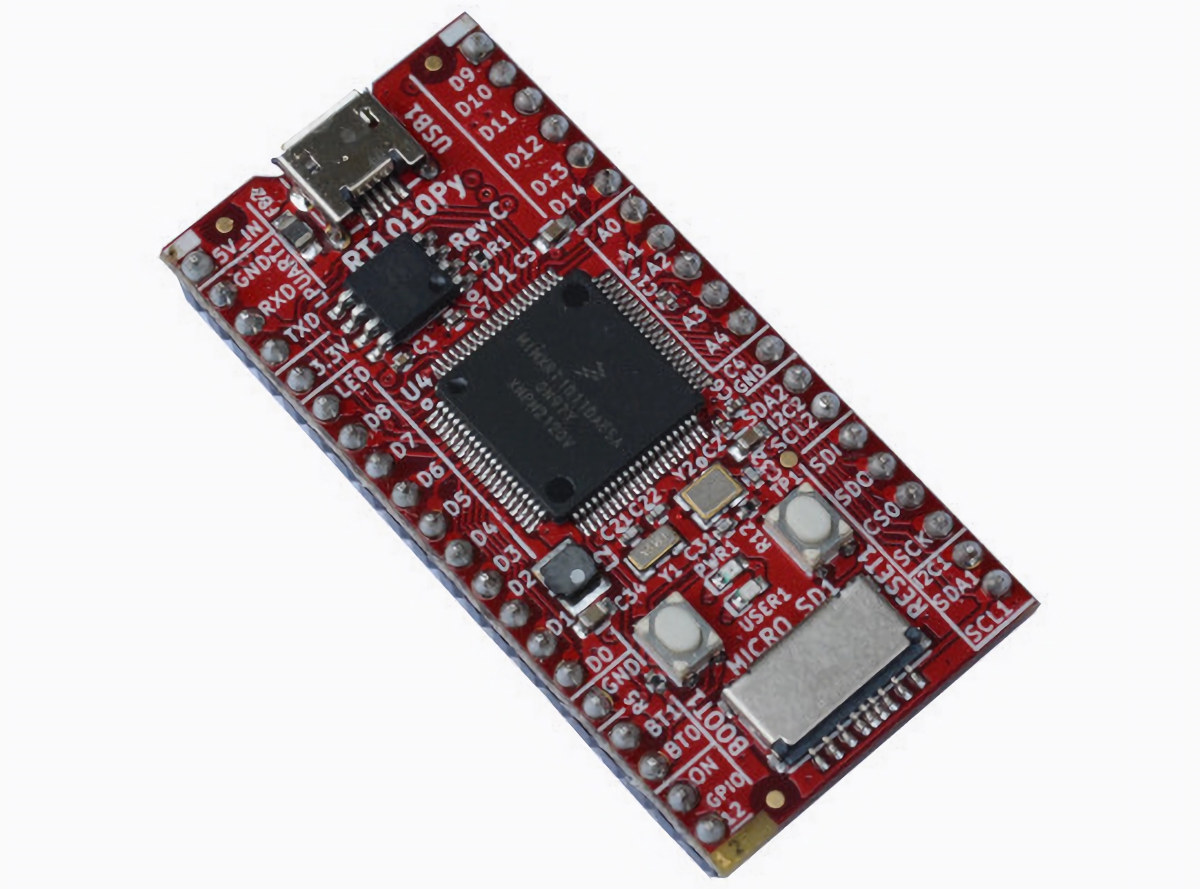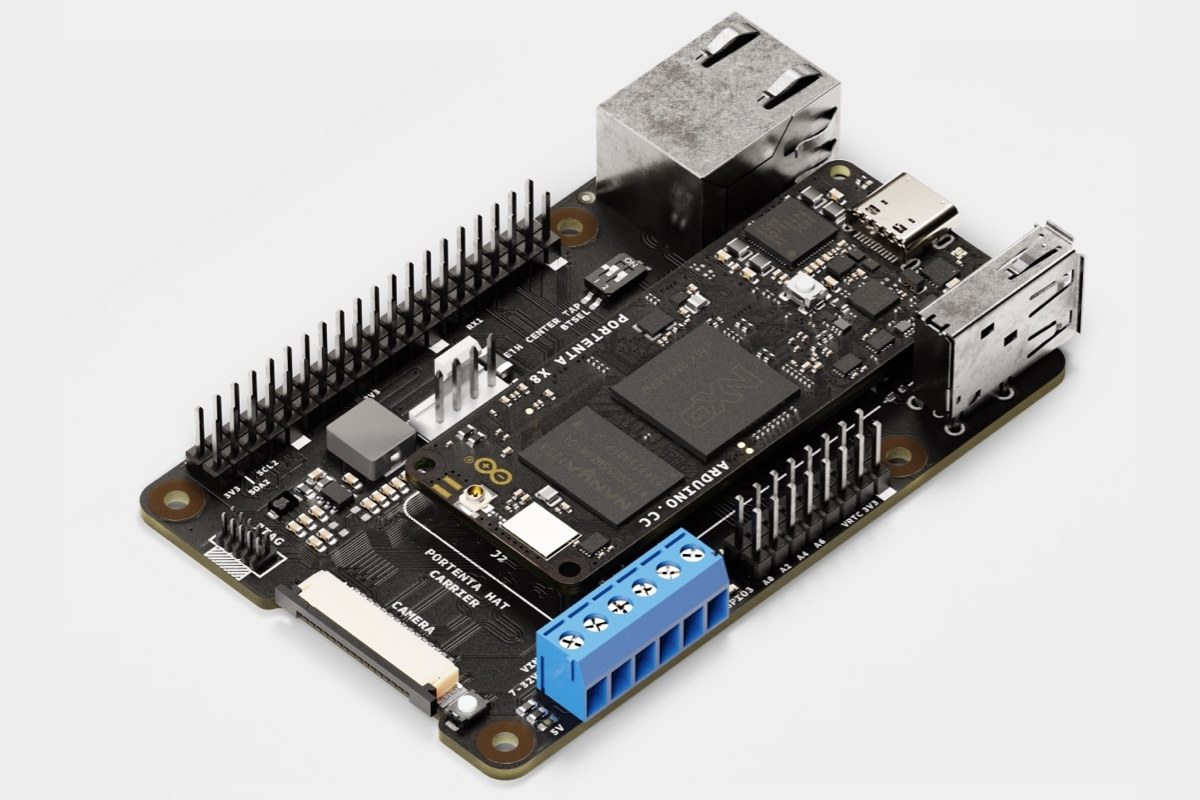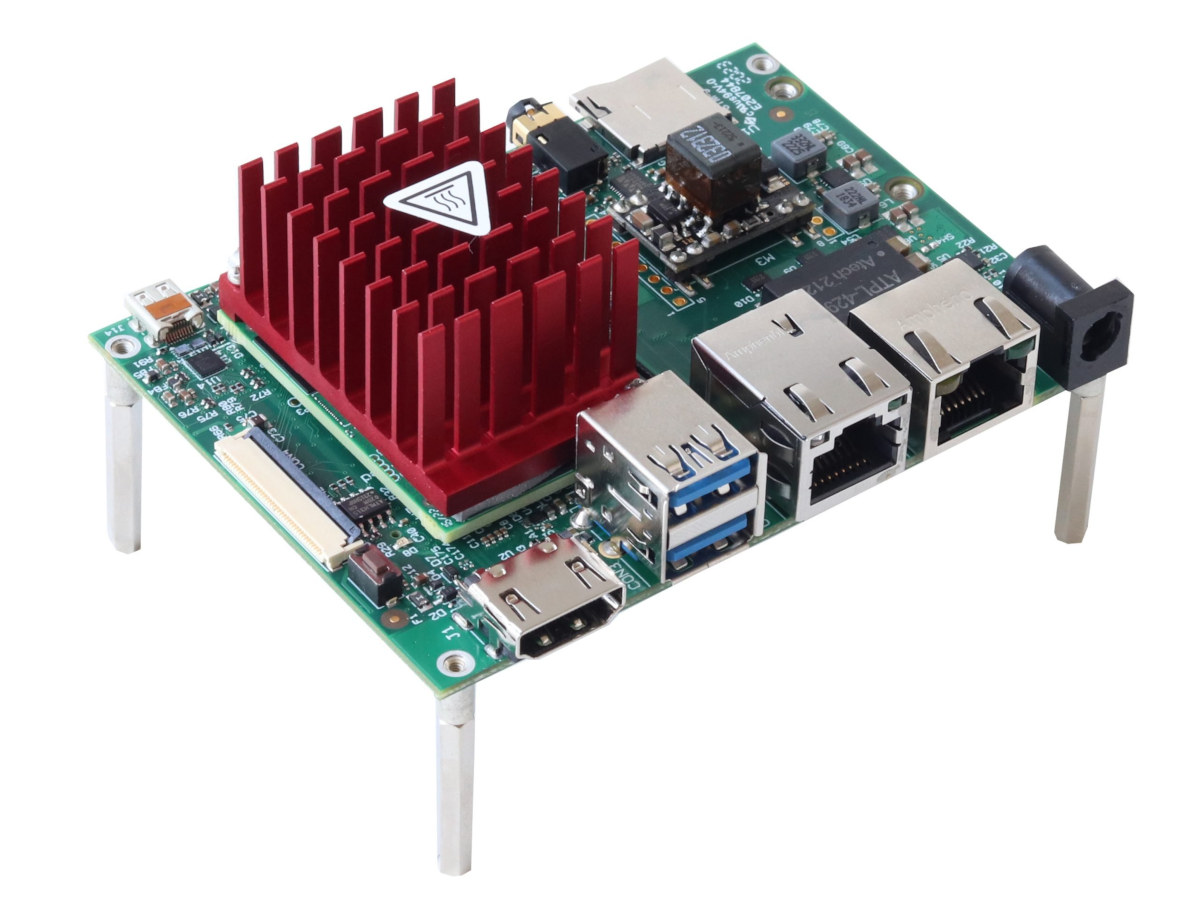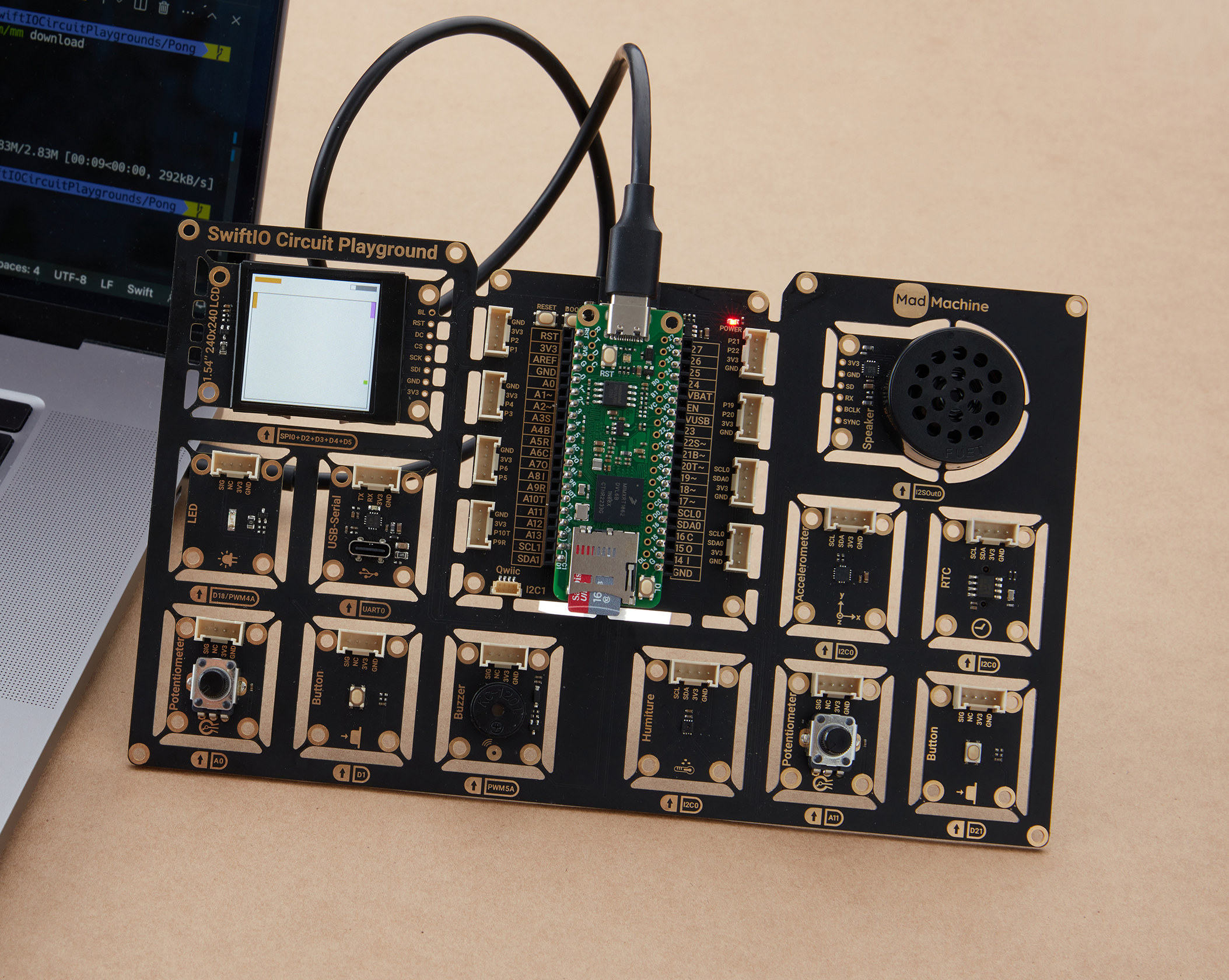CNX Software’s Giveaway Week 2023 is now over and we’re ready to announce the winners. We offered some of the review samples we tested (or not) in the last year, and like the last two years, we were also joined by RAKwireless who offered two IoT development kits. All items given away are shown in the photo below, minus some accessories, and if you count more than seven you’d be right, as some are kits with multiple items like the GL.iNet GL-S200 Thread Border router which comes with three development boards, and more importantly, we also organized Giveaway Week on CNX Software Thailand for the second year running. We had seven winners on CNX Software: VOIPAC iMX8M industrial development kit – Kraingsak, Thailand TBS7901 mini PCIe DVB-S2X/S2 module – Frank, Singapore RAKWireless WisBlock IoT Starter Kit – Andy, Russia GL.iNet GL-S200 Thread Border router kit – Augustin, Argentina WCH CH583M-R0-1v1 […]
Toradex Titan Evaluation Kit features NXP i.MX 95 AI processor for IoT, industrial, and automotive applications
[Update September 12, 2024: The NXP i.MX 95 Titan Evaluation Kit (EVK) has been renamed to the “i.MX 95 Verdin Evaluation Kit”] Toradex Titan Evaluation Kit features the NXP i.MX 95 Cortex-A55/M33/M7 heterogenous AI processor introduced at the beginning of the year with an NXP eIQ Neutron Neural Network Accelerator (NPU) for automotive, industrial, and IoT applications. The design is comprised of a carrier board and a SO-DIMM system-on-module with the NXP i.MX 95 SoC, up to 16GB LPPDR5 memory, up to 128GB eMMC flash storage, a WiFi 5 and Bluetooth 5.0 wireless module, a gigabit Ethernet controller, a PMIC, and a few other components. The carrier board also comes with 10GbE and Gigabit Ethernet ports, HDMI video output, a few USB ports, and various expansion connectors and headers. Toradex Titan evaluation kit specifications: SoC – NXP i.MX 95 with Up to 6x Arm Cortex-A55 application cores clocked at 2.0 […]
Giveaway Week 2023 – VOIPAC iMX8M industrial development kit
The 10th edition of CNX Software giveaway week is on! We’ll have seven items to give away this time around: six items that I will send myself from my review samples and one from a company that will offer one of its own IoT development kits… We’ll start this year’s giveaway week with the VOIPAC iMX8M industrial development kit equipped with an “iMX8M Industrial Pro” system-on-module powered by an NXP i.MX 8M quad-core Cortex-A53 processor, fitted with 2GB RAM, 16GB eMMC flash, and a WiFi and Bluetooth module. The VOIPAC iMX8M industrial development kit is quite a feature-rich development board whose main purpose is to evaluate the company’s system-on-module for integration into final products. I tested it last summer showing how to get started with the Yocto BSP by building the image from scratch, booting from the eMMC flash or a microSD card, and testing several features such as networking, […]
$15 Olimex RT1010-Py board runs MicroPython on 500 MHz NXP i.MX RT1011 Cortex-M7 MCU
Olimex RT1010-Py is a small development board powered by a 500 MHz NXP i.MX RT1011 Cortex-M7 MCU designed to run MicroPython and about four times faster than the Raspberry Pi Pico. The board comes with two 20-pin GPIO headers exposing various interfaces such as SPI and I2C, a microSD card slot for storage, two buttons, and a USB-C Type port for power and programming. The RT1010-Py also includes a 12-pin fUEXT connector to connect Olimex’s UEXT modules via a flat cable. Olimex RT1010-Py specifications: SoC – NXP iMX RT1011 crossover microcontroller with an Arm Cortex-M7 clocked at 500 MHz and 128KB SRAM/TCM Storage – 2MB SPI Flash, microSD card slot USB – 1x USB 2.0 OTG Type-C port Expansion 2x 20-pin headers with up to 15x GPIO, 3x UART, 2x SPI, 2x I2C, 1x I2S, 4x PWM. 5x analog input fUEXT connector (12-pin flat cable 0.5 mm step connector) with […]
The Portenta Hat Carrier board adds Raspberry Pi HAT support to the Portenta X8 SBC
The Arduino Portenta Hat Carrier board aims to interface the Linux-capable Portenta X8 board with the vast ecosystem of Raspberry Pi HAT (Hardware on Top) expansion boards. Introduced last year, the Arduino Portenta X8 is the first Arduino Pro hardware that can run Linux thanks to its NXP i.MX 8M Mini Arm Cortex-A53 quad-core processor. But it comes in a tiny 66.04 x 25.4 mm form factor which may be great for integration into products, but for prototyping or design of products such as IoT gateways, the company has now launched the Portenta Hat Carrier that enables the board to easily connect with the Raspberry Pi HATs available today. Portenta Hat Carrier specifications: Compatible with the Portenta X8 board and future Portenta with the same high-density connectors Storage – MicroSD card slot Camera I/F – MIPI CSI camera connector (CNXSoft: Arduino does not explicitly say whether it’s compatible with the […]
Hummingboard 8P Edge AI SBC combines NXP i.MX 8M Plus SoC with Hailo-8 AI accelerator
Hummingboard 8P Edge AI Pico-ITX SBC combines an NXP i.MX 8M Plus processor – itself with a 2.3 TOPS NPU – with the 26 TOPS Hailo-8 AI accelerator for edge AI applications such as smart cameras and automated optical inspection. The compact board comes with up to 8GB RAM, up to 128GB eMMC flash, two gigabit Ethernet ports including one with PoE, WiFi 5, a MIPI camera interface, HDMI and micro HDMI ports, two USB 3.0 ports, and more. Hummingboard 8P Edge AI specifications: SoC – NXP i.MX 8M Plus quad-core Cortex-A53 @ up to 1.8 GHz with Arm Cortex-M7 @ up to 800 MHz, Vivante GC7000UL 3D GPU, Vivante GC520L 2D GPU, 2.3 TOPS NPU System Memory – Up to 8GB LPDDR4 Storage – Up to 128GB eMMC flash, microSD card slot AI accelerator – M.2 Hailo-8 module delivering up to 26 TOPS Video Output – HDMI and Micro […]
SECO Modular Vision HMI displays support Arm and x86 SMARC 2.1 modules
SECO has unveiled a new HMI family of smart displays called the “Modular Vision” with NXP i.MX 93 (Arm), NXP i.MX 8M (Arm), or Intel Elkhart Lake (x86) powered SMARC 2.1-compliant system-on-modules and a display size ranging from 7-inch up to 15.6-inch. The goal is to offer a flexible platform to customers who can select various display sizes (7-inch, 10.1-inch, or 15.6-inch currently) and a SMARC module that closely matches the product’s requirements for example for a standalone panel PC. SECO Modular Vision key features and specifications: SoC 7-inch model – NXP i.MX93 single or dual-core Arm Cortex-A55 @ 1.7 GHz, Arm Cortex-M33 @ 250MHz, Arm Ethos U-65 microNPU 10.1-inch model – NXP i.MX 8M Plus dual or quad-core Arm Cortex-A53 @ 1.8 GHz, Arm Cortex-M7 @ 800MHz, optional GPU/VPU/2.3 TOPS NPU 15.6-inch model – Intel Atom x6000E, Pentium, and Celeron N and J Series “Elkhart Lake” CPUs with Intel […]
SwiftIO Circuit Playground relies on Apple Swift programming for IoT projects (Crowdfunding)
A few years ago, Mad Machine introduced the SwiftIO board powered by an NXP i.MX RT1052 Arm Cortex-M7 crossover processor and programmable with Apple Swift programming language. The company has now launched a smaller version of the board named the SwiftIO Micro along with the SwiftIO Circuit Playground baseboard with plenty of modules to play with the SwiftIO Micro’s GPIO, and that reminds me of the Arduino Sensor Kit Base but with even more modules. SwiftIO Micro specifications: SoC – NXP i.MX RT1052 Arm Cortex-M7 crossover processor @ 600MHz System Memory – 32 MB SRAM Storage – 16MB flash, microSD card slot USB – 1x USB-C connector for power and programming Expansion – 3x 20-pin headers with up to 44 GPIOs, analog inputs, PWM, UART, SPI, I2C, I2S, CAN Bus, etc… See the pinout diagram below for details Misc – RGB LED, download and reset buttons Power Supply – 5V […]


